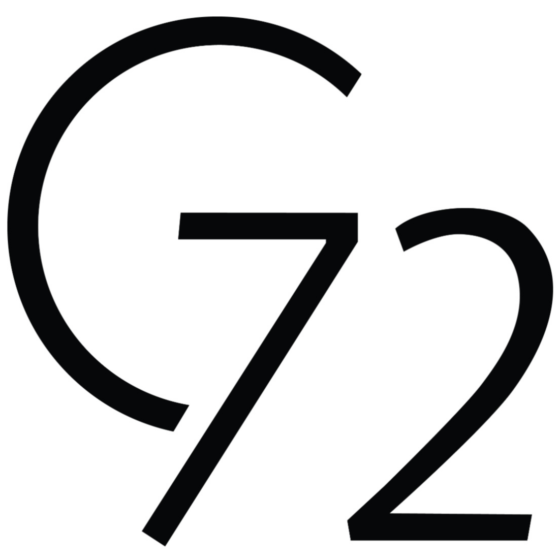Introduction
From my experience and it may be completely different from yours, but from what I’ve seen people in general seem to lack protein in their diets and especially women! A lack of protein can be very problematic for people and especially for women who visit the gym on a regular basis. This article will look the key areas of protein; what protein is, the good, the bad, the facts, the fallacies and recommendations.
What is protein?
Yes your body needs carbs and fats for energy; protein has the essential role for tissue growth and repair. The body needs something called amino acids (20 to be precise), the body on it’s own can create 11 of these by itself. However, there are nine ‘essential’ amino acids the body has to gain through food consumption. The body breaks down the protein in food to create the amino acids that are the building blocks for muscle mass.
The good-
Now we know what protein actually does, let’s look at the good of consuming sufficient protein. The first is that it stabilises your energy levels and appetite. Protein blunts hunger; evidence shows that satiety, or feeling full after a meal is improved after consuming a high-protein meal. With many women on a low to moderate calorie intake, blunting hunger can be essential to sticking to your calorie intake.
Another advantage of consuming sufficient protein is that it helps you burn calories more effectively. Evidence shows that protein has the highest thermic effects of food (TEF), this is the amount of calories your body uses to process and utilise a nutrient. Your body actually uses 20-35 percent of the energy from protein consumed just to digest and absorb it, this means for every 100 calories from protein, 25-30 are burned in the digestion process, this could be the difference between fat loss and fat gain.
Another advantage of sufficient protein intake is the safeguard against the loss of muscle. In a diet with a calorie deficit comes the danger to lose muscle mass. As your calorie intake drops carbs and fats can become scarce for energy, this means that your body can turn to protein for energy. If there are insufficient amino acids available, your body will start breaking down muscle tissue in order to get individual aminos. For the women this could mean a loss in muscle mass and those curves you squatted so hard for could deteriorate.
The bad (the myths)-
I’m including the bad section along with the myths of protein as many thoughts of consuming sufficient protein that are bad tend to be myths and have been debunked through evidence.
The first being protein will cause women to look bulky. Protein along with weight training will make you stronger, which will of course lead to lean muscle gain but not a masculine physique. If you want to have those curves, glutes and thighs that Jennifer Lopez has then you’re going to need to consume protein. However, don’t worry; remember that your body contains just a fraction of the testosterone needed to build lean muscle. Even with the addition of protein, you’re not going to pack on muscle the same way your other half is. The women that you see who have very muscular physiques with 20” arms are probably using anabolic aids.
Another bad thing of high protein diet that is also a myth is that protein can cause kidney damage. This by far tops the list of most ridiculous myths of protein, its laughable when mentioned by coaches and PTs etc. This belief stemmed from the fact that individuals with PRE-EXISTING kidney damage, protein intake often had to be reduced to prevent further development of the disease. Incorrectly, this has been turned around to suggest that high-protein intakes damage the kidneys. There is at best a weak case to be made for a risk of high protein intakes of kidney function; in fact, some research actually suggests a beneficial effect of high protein intake on kidney function.
Recommendations-
The UK food standards agency suggests that adult’s daily consumption of protein should be 55g. There are 2 things wrong with this statement; 1. That is stupidly low in order to maximise the 3 advantages stated above and 2. This isn’t individual enough and different adults will require different intakes. Evidence suggests that in order to maximise the benefits of protein a minimum of 1.5g of protein per kilogram of bodyweight. If this minimum requirement is met then the 3 advantages stated above will definitely be achieved.
Protein sources-
| Food | Protein Content | Quality |
| Beef | High | High |
| Chicken | High | High |
| Pork | High | High |
| Fish | High | High |
| Whole Egg | Moderate | High |
| Egg White | High | Moderate |
| Beans | Moderate | Moderate |
| Soy Beans | Moderate | Moderate |
| Nuts | Moderate | Moderate |
| Whey powder | High | High |
Here is a table of protein sources. With 3-6 meals/snacks a day including at least one of these, the minimum of 1.5g per kilogram of bodyweight can easily be met.

